#mary rose
Text

Wreck of the carrack Mary Rose, built by unknown in 1511 and lost in 1545
Mary Rose was carvel-built with twenty heavy and sixty light guns comprising a mixture of muzzle-loading cast bronze and breech-loading cast iron guns. With a complement of some 500 men, she was built for Henry VIII and named for his sister, Mary. The first of her name in the British fleet, she took part in Henry’s first (1512-1514) and second French Wars (1522-1525), always as the flagship of the Lord High Admiral - his favourite warship. Her tonnage changed from some 600 tons in 1512 to 700 tons at the time of her sinking. The portion of the ship that was recovered is estimated to be equal to some 280 tons. The ship appears to have had a hold and four principal decks, the orlop, the main, the upper and the forecastle, although the latter might have had more than one deck.
The keel is constructed from three pieces of elm, scarfed together and bolted to the oak keelson, also in three sections and which sits on top of the floor timbers, with the main mast step acting as the central sector. Just aft of the mast step, by the keelson, there is a circular hole to make room for the lower end of the pump. The majority of the frames do not appear to be attached to the floor timbers or to each other but are held in place by the longitudinal stringers, and the outer planking of the hull, in oak, is fastened through the frames, stringers and ceiling planking by hand-cut wooden treenails, which have been hammered into pre-drilled holes and might be up to a metre in length. The ship underwent two major refits, the first in Portsmouth in 1527-28 which required the construction of a new dock, and a later one in about 1536, when it is assumed her burden was increased to 700 tons.
The ship was to some extent re-built at this time, to give her a complete lower deck of guns with hinged ports, almost the first British warship to be so equipped. A considerable degree of extra strengthening was added to the vessel and the evidence from dendrochronology strongly suggests that several riders, transom knees, and diagonal and vertical braces were inserted during these two refits, presumably to support new and heavier guns.
In 1544-45, Mary Rose was active in Henry’s third French war. When leading the advance against a much larger French invasion fleet off Portsmouth on 19 July 1545, possibly arising from a simple ship-handling miscalculation, she appears to have been caught by a flaw of wind. Late in the day she tried to tack and was swamped through her lower deck gun ports, sinking in some forty feet of water in a very short space of time with the loss of virtually her whole ship’s company of nearly 500 men.
98 notes
·
View notes
Text

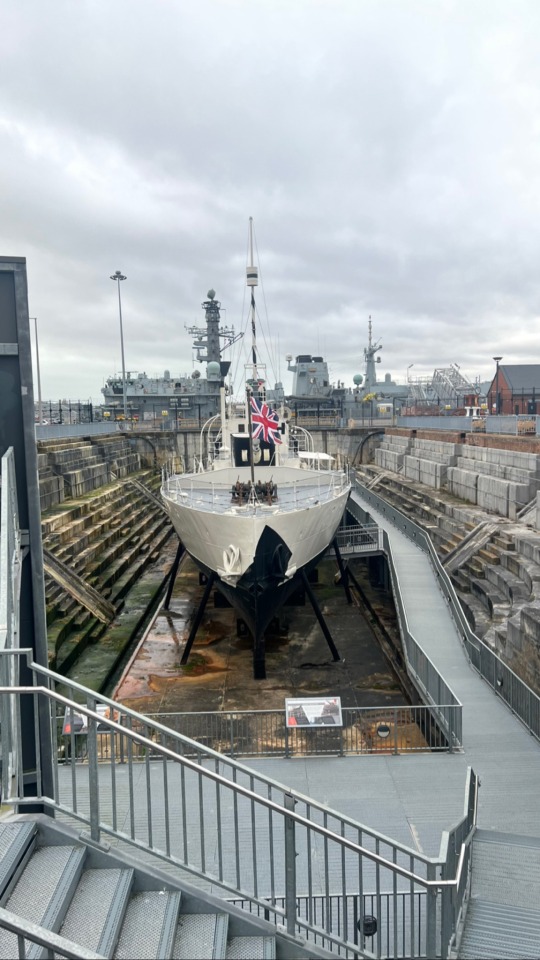




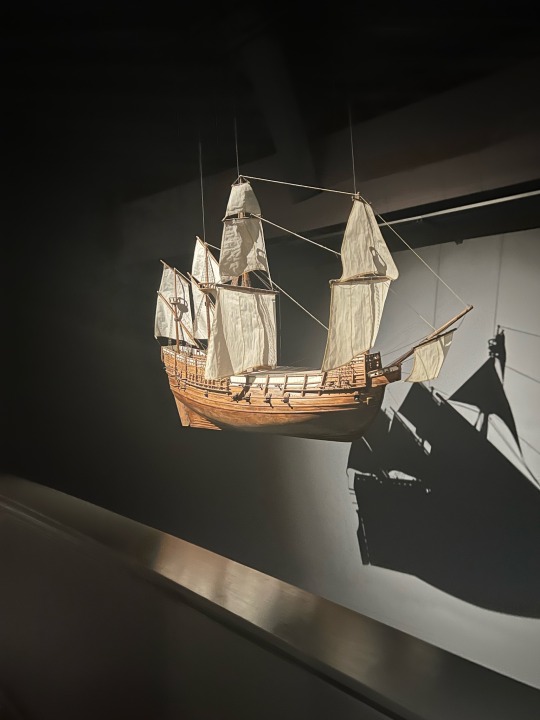
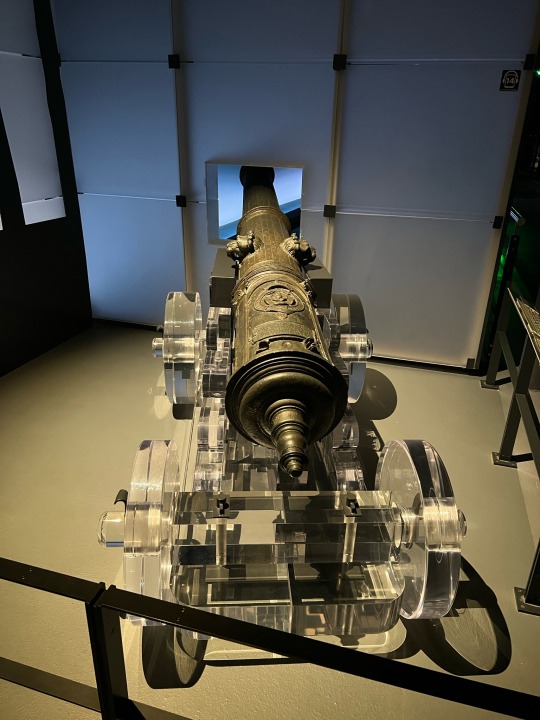
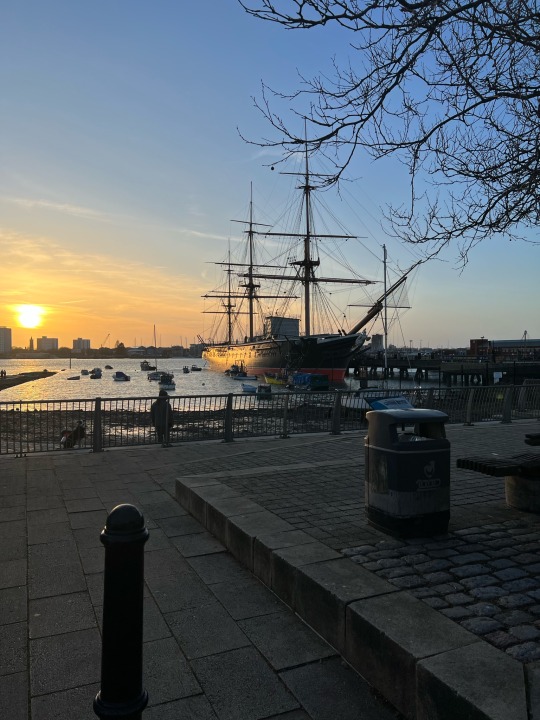

Visited the National Museum of the Royal Navy (Portsmouth) back in February, and then completely forgot to post anything.
Last time I went there was about 20 years ago and Mary Rose was not yet fully preserved- but these days she looks incredible, and was perhaps my favourite part of the trip. I would highly recommend a visit, even if it is just to see Mary Rose.
307 notes
·
View notes
Text
Archer played a pivotal role on the medieval battlefield, but they weren’t cheap. Each arrow they fired was painstakingly handmade and took expert craftmanship to make.
33 notes
·
View notes
Text



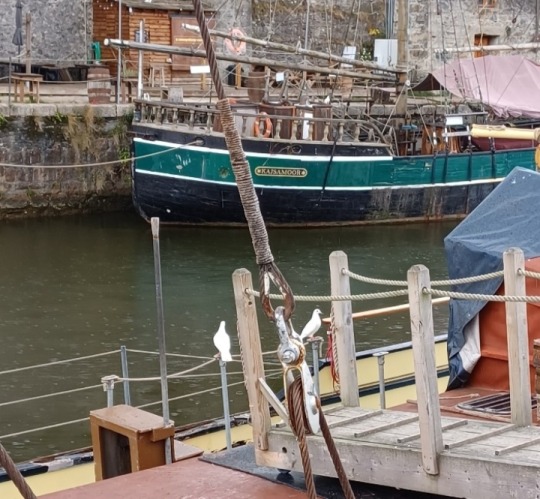
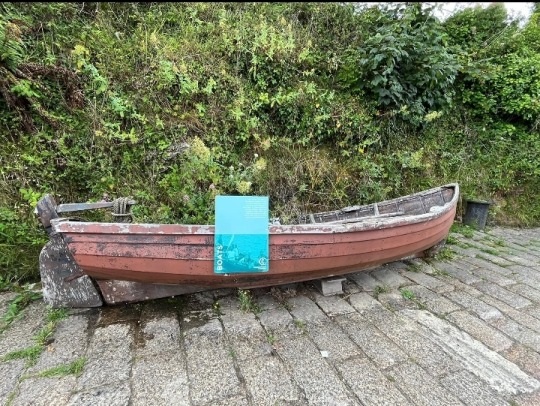
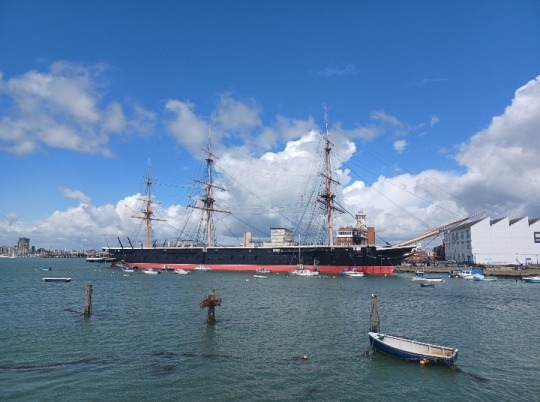


here it is: an incomplete collection of ships @dxppercxdxver and I saw over the last two weeks. In order:
1. Golden Hinde (1973 Golden Hind galleon replica, London)
2. Cutty Sark (1869 clipper ship, Greenwich)
3. SB Lady Daphne (1923 Thames sailing barge, Charlestown)
4. Kajsamoor (1939 Norwegian schooner, Charlestown)
5. Replica 1700s rowboats used for Hornblower and Poldark (Charlestown)
6. HMS Warrior (1860 steampowered armoured frigate, Portsmouth)
7. HMS Victory (1765 104 gun ship of the line, Portsmouth)
8. Mary Rose (remnants) (1511 carrack-type warship, Portsmouth)
#we saw many many boats due to london and cornwall bejng. full of water#but these are the highlights#nautical#my photos#beep beep caelan#golden hinde#lady daphne#cutty sark#kajsamoor#hms warrior#hms victory#mary rose
32 notes
·
View notes
Text

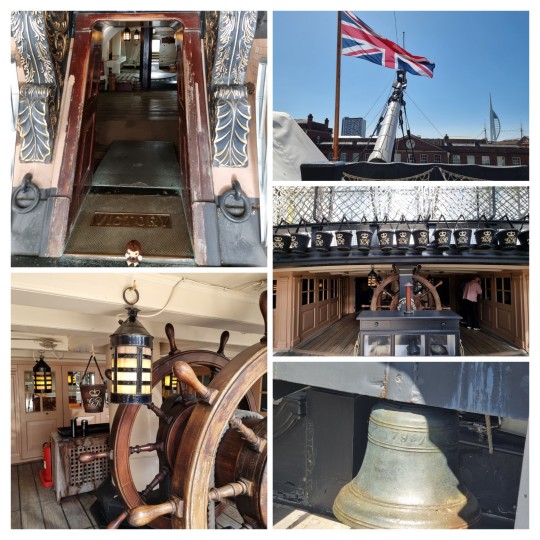

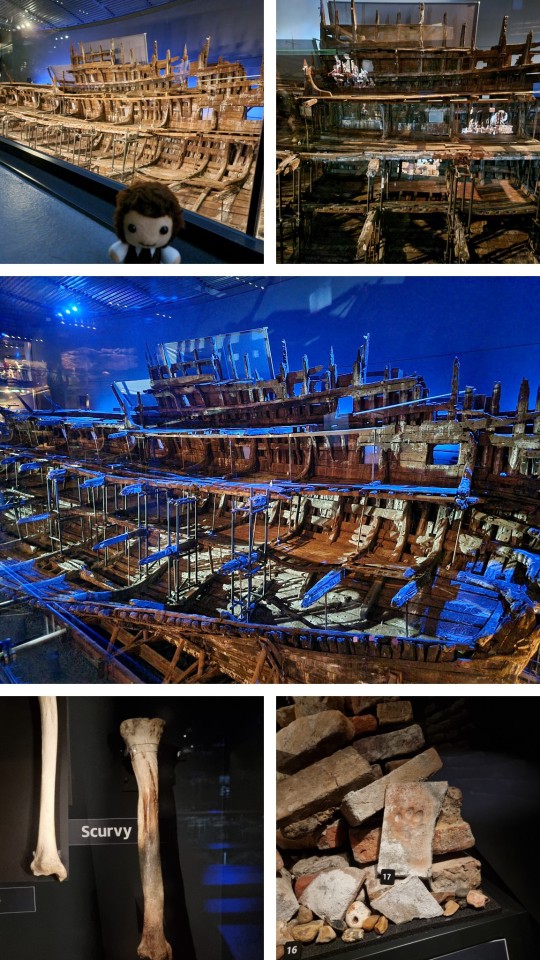

Thomas’s Grand Tour Day 9: Ships!
We visited the Historic Dockyard in Portsmouth today - to be more precise, three gorgeous ladies: HMS Victory, the Mary Rose and HMS Warrior. Every ship is beautiful and fascinating im her own way and I had a very lovely talk at the Mary Rose museum with a nice gentleman who let me touch a piece of wood from her as well as hold and smell one of her ropes - "That's what 500 years ago smells like!" he said. I bought a ton of books (the Horrible Histories ones about pirates among them) as well as an HMS Victory art print by David Bell I've been wanting to have for ages but couldn’t get in Germany. All in all, it was an incredible last day.
30 notes
·
View notes
Text
Mary Rose
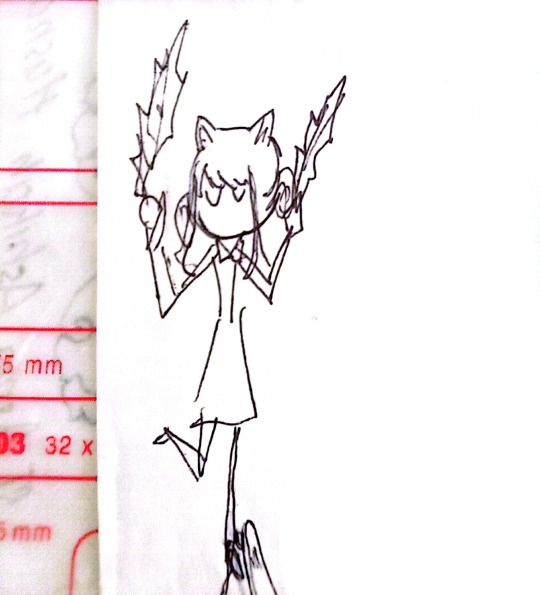



Twin Sister of Katherine Rose. Child of Amelia Rose and Yohanes Rose. She is more energetic than Kat
Created on September 2021
4 notes
·
View notes
Text



anne doesn't really show much emotion, but when it comes to mary, she loses her patience very easily, in this au anne doesn't stand mary so much, mary on the contrary, loves very much her sister, and always cares about her
average sibling behavior?
#welcome home oc#welcome home#welcome home mob au#anne rose#mary rose#mob au#oc#in the original they're very close though!#i love drawing my bbs so much!
12 notes
·
View notes
Text
NOOO NO DUDE!!! DON'T BRING IT TO THE GRAVE!!! YOU'RE MY FAVOURITE SHIP, with Rosemay and Mary Rose😭😭😭🥀



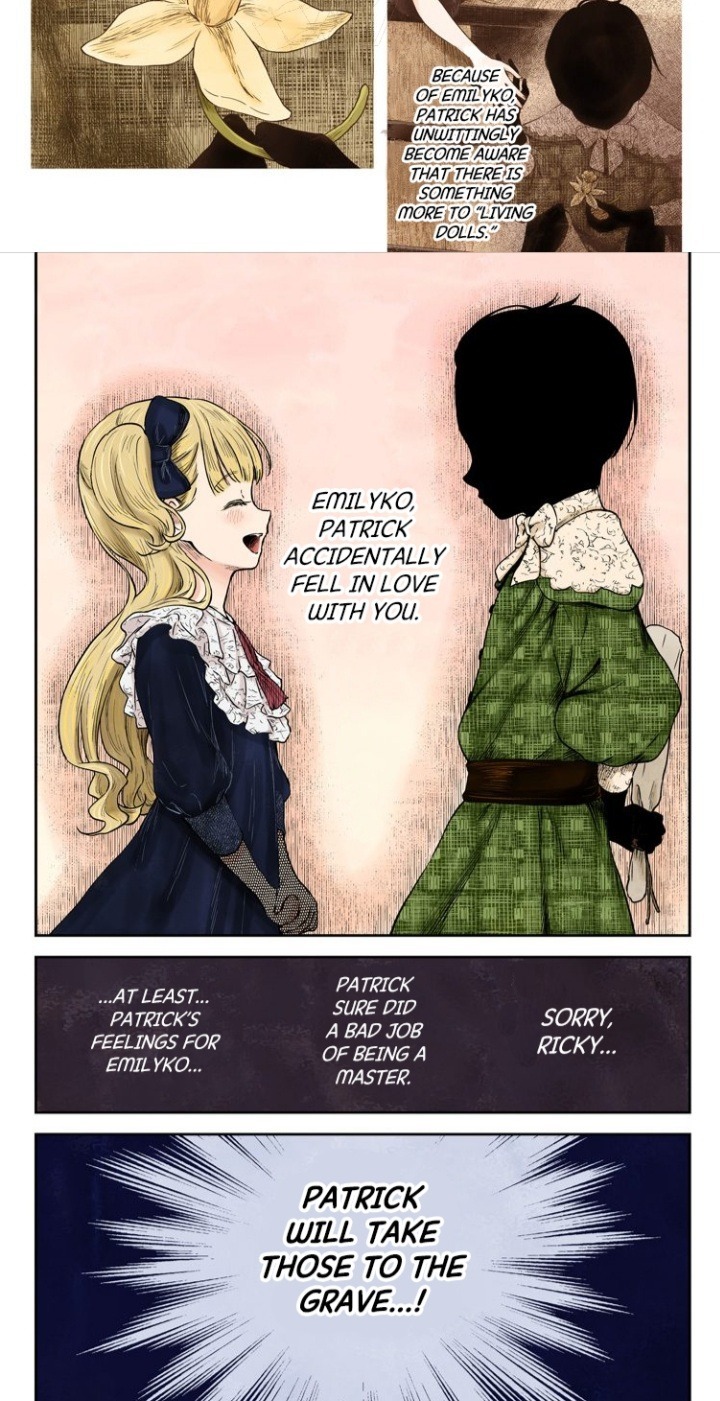
#shadow house#emiliko#emilico#shadowhousekate#shadowhousepatric#manga#anime#horroranime#horrormanga#mary rose#rosemary#patrickxemilico
59 notes
·
View notes
Text

[ROBERT AND JOHN OWYN BRETHERYN BORNE IN THE CYTE OF LONDON THE SONNES OF AN INGLISSH MADE THYS BASTARD ANNO DNI 1537]
Cast iron plate from a gun of the Mary Rose.
6 notes
·
View notes
Photo


Shadows House 2nd Season - 2022
シャドーハウス 2nd Season
- Episode 11
#shadows house#shadows house 2nd season#2022#anime#animation#anime gif#spoiler#emilico#mary rose#gif
24 notes
·
View notes
Photo
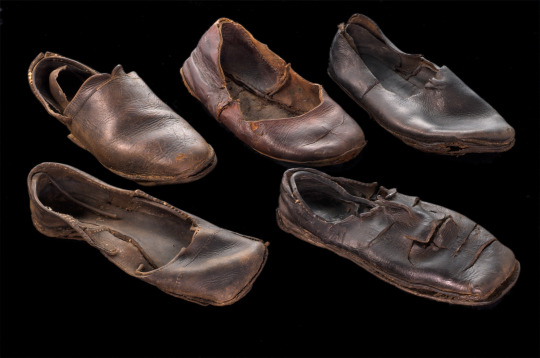
Sailor shoes found aboard the wreck of the carrack Mary Rose, made of leather, before 1545
162 notes
·
View notes
Text
1545-Mary Rose sinks
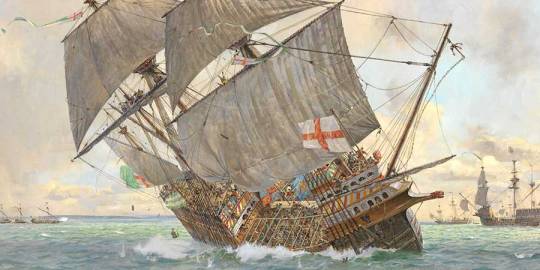
The Tudor warship Mary Rose sinks off Portsmouth; in 1982 the wreck is salvaged in one of the most complex and expensive projects in the history of maritime archaeology.


The Mary Rose (launched 1511) is a carrack-type warship of the English Tudor navy of King Henry VIII. She served for 33 years in several wars against France, Scotland, and Brittany. After being substantially rebuilt in 1536, she saw her last action on 19 July 1545. She led the attack on the galleys of a French invasion fleet, but sank in the Solent, the strait north of the Isle of Wight.
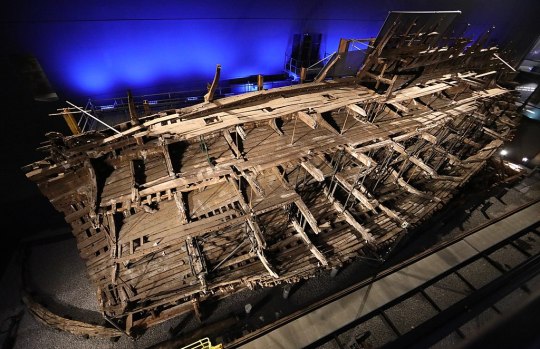
The wreck of the Mary Rose was located in 1971 and was raised on 11 October 1982 by the Mary Rose Trust in one of the most complex and expensive maritime salvage projects in history. The surviving section of the ship and thousands of recovered artefacts are of great value as a Tudor period time capsule. The excavation and raising of the Mary Rose was a milestone in the field of maritime archaeology, comparable in complexity and cost to the raising of the 17th-century Swedish warship Vasa in 1961. The Mary Rose site is designated under the Protection of Wrecks Act 1973 by statutory instrument 1974/55. The wreck is a Protected Wreck managed by Historic England.
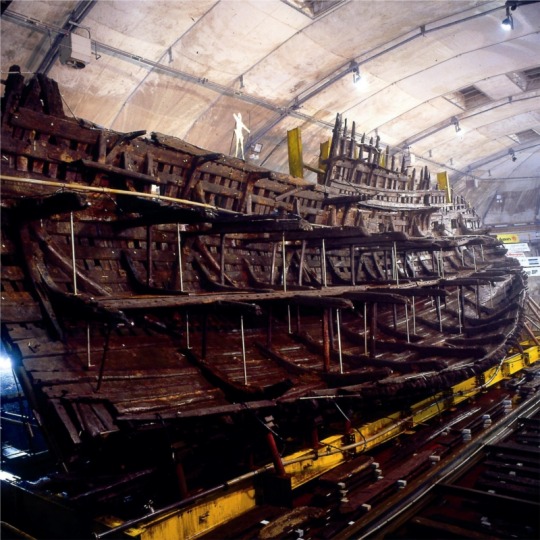
The finds include weapons, sailing equipment, naval supplies, and a wide array of objects used by the crew. Many of the artefacts are unique to the Mary Rose and have provided insights into topics ranging from naval warfare to the history of musical instruments. The remains of the hull have been on display at the Portsmouth Historic Dockyard since the mid-1980s while undergoing restoration. An extensive collection of well-preserved artefacts is on display at the Mary Rose Museum, built to display the remains of the ship and its artefacts.

#Jul.19.1545#Mary Rose#Battle of the Solent#Mary Rose Museum#Portsmouth Historic Dockyard#history today
3 notes
·
View notes
Text
Underwater archaeology is a challenging but rewarding field that has led to groundbreaking discoveries. Diving to excavate in constantly changing conditions has unlocked many secrets of our past such as the recovery of the famous Vasa and Mary Rose wrecks.
33 notes
·
View notes
Text

20 notes
·
View notes
Text
The (nearly) forgotten Whitstable Diver.
John Deane and his brother had a chance to try out an invention when the Bear and Key public house, caught fire.
On previous tests they had designed a makeshift-helmet, made from a suit of armour, with an air-pipe attached to a bellows. Several horses were trapped in the High Street, Whitstable pub, and using the new device John Deane walked through the smoke, saving all the coaching house horses.
John sold the smoke-mask patent, number 4869 to his employer for £417.

picture: The Bear and Key, right.
The successful rescue, gave the brothers an idea to develop the helmet for use, under water. They continued, what was now termed *diving equipment* in 1829, by working on the Carn Brea Castle. John and Charles Deane worked together on the wreck of the Royal George, during which John discovered the wreck of the Mary Rose.

picture: An early Deane diving helmet.
John Deane’s family, lived in a white-boarded cottage on Island Wall, the property was called Free Diver Cottage, but is now known as, The Crab and Winkle. On the front outside wall Canterbury City Council have installed, a blue plaque, noting that:
< John Deane 1800–1884. The Co-inventor of diving equipment and the diving helmet, lived here 1848–1854.>
The cottage which has changed little over the years, and is now, in great demand as a holiday rental property.

picture: John Deane’s cottage in Whitstable. Copyright: Mike Gunnill
During the Great Exhibition of 1851 several officials from The Admiralty viewed and inspected Deane’s ‘new’ diving equipment, along with his demonstrations held in a large glass fronted water tank. The men from the Admiralty would later seek John Deane out, needing help during the Crimean War, between October 1853 and February 1856.

picture: Deane’s warehouse in Whitstable.
John Deane with his family were living at 65 Island Wall, the home of the Browning family, when he was approached by the Surveyor of the Navy 1848–1861, Admiral Sir Baldwin Walker 1802–1876 on the 16th October, 1854.
Two days later, after negotiations, Deane signed a diving-contract, for one guinea a day, plus all board and lodging and if successful, a gratuity of £200 at the end of his work. As a matter of urgency, the Admiralty wanted him to take a team of four experienced civilian divers to the Crimean War. Not only did the country require John Deane for his diving skills, but also for his knowledge of using explosives under water.
The Russians had shuttled several ships at Sebastopol/Savastopol blocking the harbour. Somehow these vessels, had to cleared as the Crimean War was going badly for the British. His diving experience would be tested, as the plan involved placing specially made 1000 lb explosive devices on the underwater hazards. Sailing with him was friend, diving partner 1834–1855 and business partner William Edwards. The pair left Portsmouth on Sunday, the 26th of November, 1854 on board the ship, The Robert Lowe with the bomb cylinders and diving equipment.
Extra diving equipment was also loaded on to the store ship, HMS Prince which was making the same voyage. On board this vessel were two other divers, James Rigden and George Allen, both were well known Whitstable men.
Soon after arriving off Balaklava in November 1854, HMS Prince sank with the loss of 154 men, including the two Whitstable divers, Rigden and Allen. All the extra diving equipment was also lost, along with the main ship’s cargo, much needed winter grey coats, undergarments, socks and boots, for 40,000 British troops.
Deane and Edwards on their arrival, had the unpleasant task of diving on the ship, to see what could be recovered from the wreck.
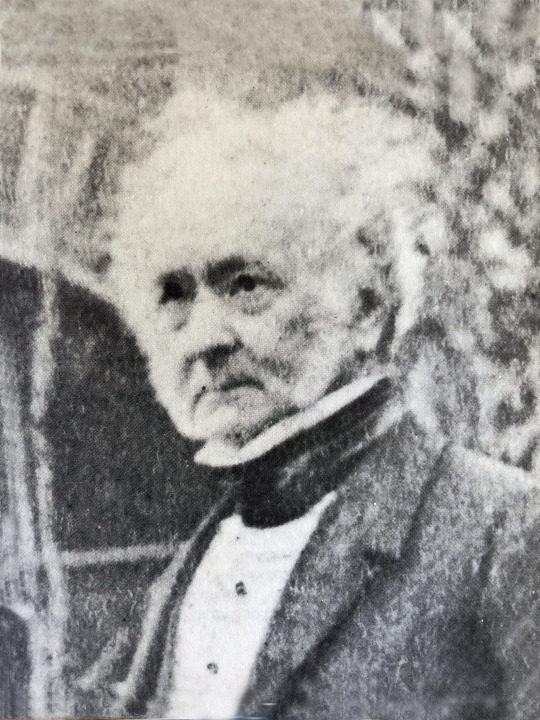
picture: John Deane. Copyright Cambridge Library.
The Robert Lowe stopped in Malta and then finally arrived at Scutari, in Turkey. The Selimiye Barracks, were allocated as the main British Army barracks for the war. The barracks became a temporary military hospital, where in November 1854 Florence Nightingale arrived with 37 volunteer nurses, staying until 1857.
John Deane had to find replacement divers, for the those lost when HMS Prince sank. He wrote to his friend, James Bell a diver from East Street, Herne Bay to find three other men and to travel to join him. It is thought one of the new crew included William Bell, the son of James who now lived on Marine Parade, Herne Bay and was an old business partner of John Deane’s. The replacement team and diving equipment left Portsmouth in January 1855.
On the 23rd of May, 1855; Whitstable man, William Edwards left the main diving party on a secret mission to Kerch. Located further along the coast, it guarded a narrow passage-way into the Sea of Azov, which was blocked by shuttled Russian ships.
The clearance plans were a great success but not without the loss of William Edwards. During the final weeks of blowing up two Russian naval ships, Edwards contracted cholera and was transferred to a hospital ship, thought to be HMS Belleisie. William Edwards was born in High Street, close to Queenborough Harbour, the Isle of Sheppey, on the 27th of January, 1801. He was a married man with a daughter from his previous marriage, and a Master Mariner. William Edwards died on board the hospital ship in Kerch Bay on the 31st of August, 1855. He was buried in a British cemetery within the grounds of Fort Saint Paul, Kerch.
John Deane took the news of William Edward’s death very hard. He had been a friend-business partner for 25 years, and during the journey to the Crimea a constant companion. Deane wrote to his second wife, Mrs Sarah Edwards and daughter Ann, to break the news of her husband’s death. The letter dated, the 2nd September, was received two months later in Whitstable.
The Edward’s old home, by this time, had been converted into The Lower Hope beer house. Which, after renumbering, is at number 9 High Street in Whitstable.
Today in Sebastopol or Kerch, there are no British cemeteries or neat rows of graves for the war dead, like other British conflicts. Just after troops and naval personel left the Crimea, many of the graves were desecrated, opened and plundered. By 1900 there were few British cemeteries left, and those that remained were bulldozed and cleared in the late 1950’s under order from Nikita Khrushchev, the soviet premier.
John Deane continued his clearance work around Sebastopol harbour, which included defusing several mine-fields. The Russians had laid a series of wired mines in the main channel, which all had to be cleared by hand.
In January 1856, Deane wrote to Sarah Ann Browning back in Whitstable, mentioning his diving duties. “We are getting on really well with the destruction of the Docks. Frequently using several thousand pounds of gunpowder, every day. The havoc, as you can imagine, is frightfully grand.”
John Deane was officially discharged from Government service on the 10th of July, 1855 but stayed on, to help and assist the Royal Engineers. It was in June of 1856 that Deane and his other two Whitstable divers finally left Balaclava harbour on board the Robert Lowe, arriving in Portsmouth on August 4th.
Deane returned to Whitstable as a hero and a local celebrity in 1856. His exploits had been reported extensively in The Times newspaper by William Howard Russell, who had nicknamed Deane “The Infernal Diver.” More importantly after two years he was reunited with his children. son Edmund, and daughters Agnes, Caroline and Susannah. John was keen to see Sarah Browning who had managed his business affairs and corresponded with him, sometimes in a private secret code. Their relationship naturally developed and within a short time, they were married in Whitstable.

picture: Sarah Ann Browning.
He retired from the diving industry soon after returning from the war. Deane was a modest, quiet man and he told anyone that asked that, “He had done enough.”
Two of the captured cannons from Sebastopol followed Deane back to Kent. Others were distributed across the Empire and major towns in the United Kingdom. One cannon was presented to the people of Maidstone, in 1858. Number 24386 and sits at Lower High Street pointing towards the River Medway. Not to be out-done by the county town, Rochester asked if they could have a cannon as well! It was duly presented in 1859, again by Lord Panmure. In 1899 it was sited to Rochester Castle Gardens, where it has remained ever since providing a useful climbing frame for children of all ages.
Several years after returning from the Crimean War, the Admiralty after much stalling finally paid John Deane, the balance of funds owing to him. This totalled, £1,471. 18s.
Mr and Mrs John Deane lived in Whitstable and then, for a short time in Ramsgate. Sarah Ann Deane died in November 1865, aged 36 years old and her body was transported back to Whitstable for burial.
John Deane married, 43-year-old Ruth Norris in 1868 at Saint Peters Church in Hackney. After a short time living in Whitstable, the couple moved to Ramsgate. About 5 years after marriage, while living in Ramsgate, John Deane had his photograph taken.

picture: Deane and his wife, Ruth at their Ramsgate home. Copyright Cambridge Library.
Their home, was a four-storey terrace property, at Number 90 Hardes Street, which stands today and was owned by the Deane family from 1871 until 1896.

picture: Hardes Street, Ramsgate. Copyright: Mike Gunnill
John Deane, aged 84 years, was buried on the 12th of July,1884 in plot 342 in Ramsgate Cemetery. The large grave holds several family members and can be found in the old section of the cemetery, grave number; HB 342.

picture: John Deane’s grave, Ramsgate. Copyright: Mike Gunnill
Considering the invention of the diving helmet and the impact diving had on Whitstable industry, there are few reminders of the Deane Brothers, in the town. Even less is remembered of William Edwards, who played an important part in the development of diving and the use of explosive materials underwater. His work in the Crimea, with that of John Deane was heroic and helped shorten the conflict.
What does remain in Whitstable, is John Deane’s cottage and a strange modern sculpture, featuring the diver. The sculpture by Paul Richardson, was unveiled in 1995. Commissioned by Canterbury City Council to “reflect local heritage.” You can find it, in the centre of the car park of Whitstable swimming pool.
John Deane 1800–1884 is sadly, largely forgotten in Whitstable and Kent - which is a shame! There was no better diver or underwater explosive expert in his life time.
© mikegunnill 2023.
#Deane#Whitstable#Ramsgate#Mary Rose#diving#Canterbury City Council#Crimea#William Edwards#The Stag#Bear and Key
6 notes
·
View notes
Photo
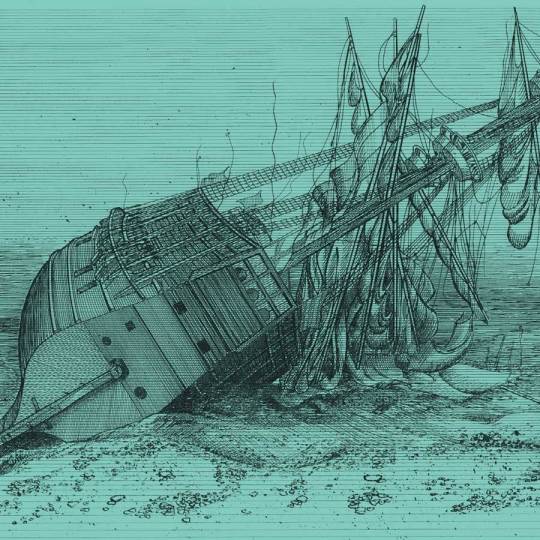
The Mary Rose in seabed 1545, unknown
30 notes
·
View notes